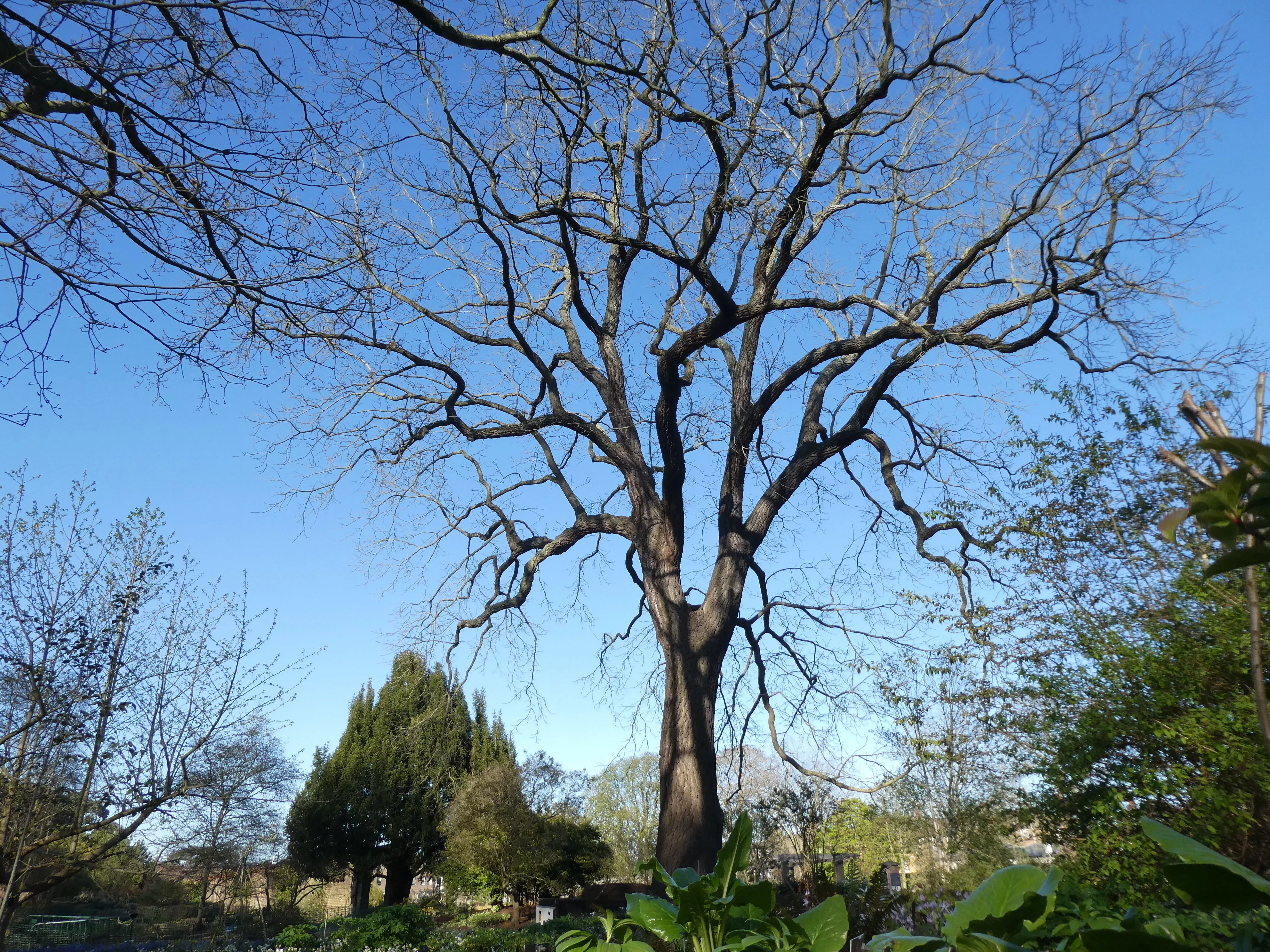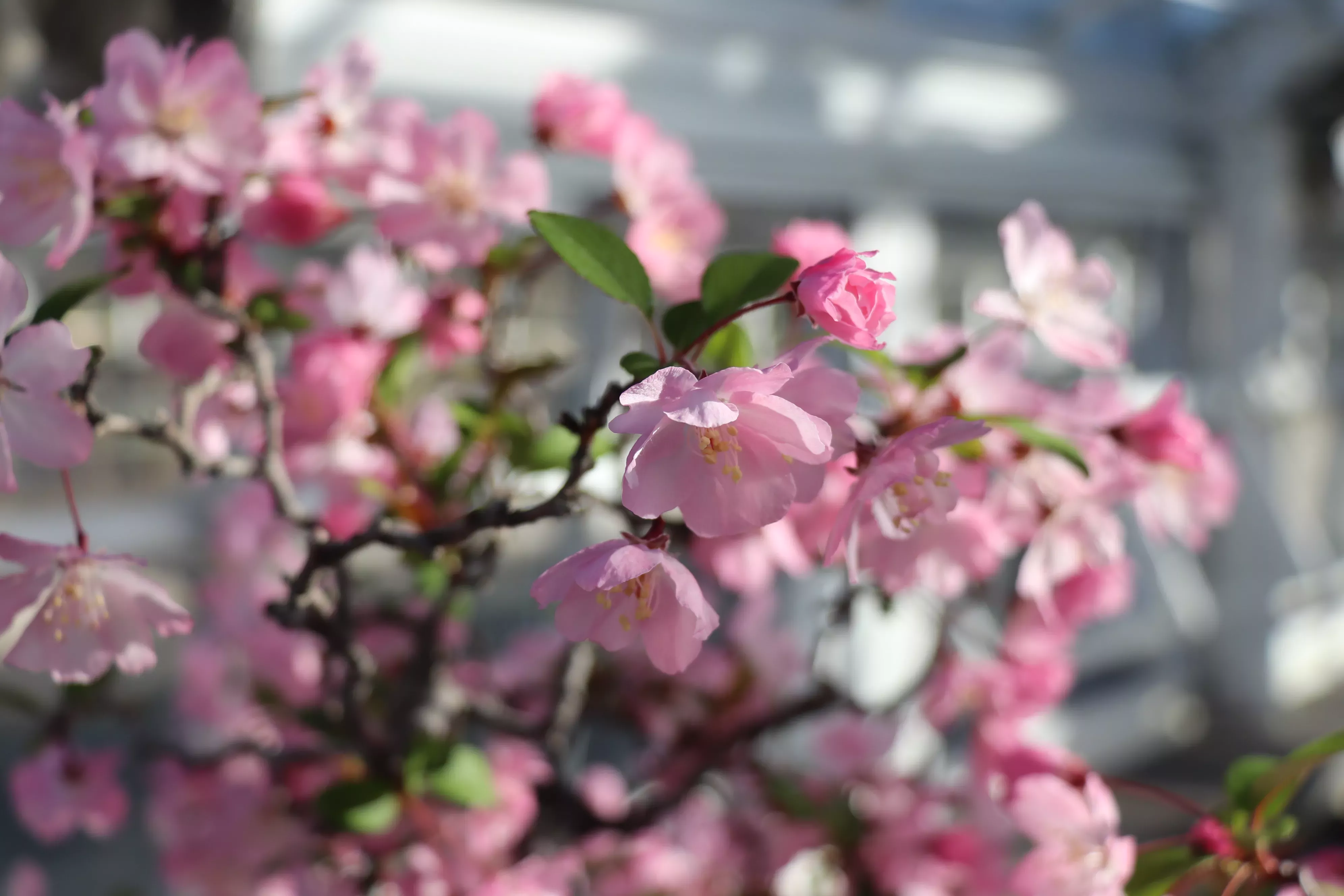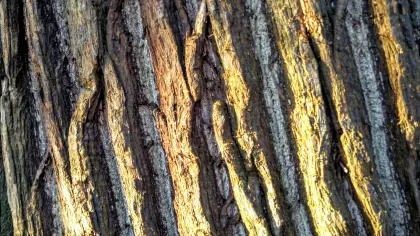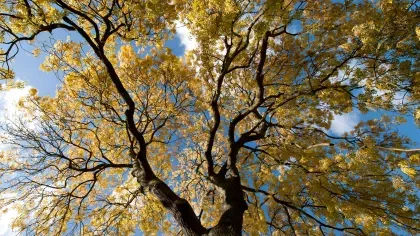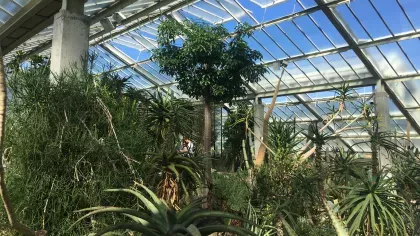18 May 2020
5 standout trees at Kew
From the pollution-busting London plane, to one of our oldest residents, the black walnut, Richard Deverell, Director of Kew, takes us on a tour of his personal favourites.

We have an incredible collection of 14,000 trees in the Arboretum here at Kew, representing around 2,000 different species.
On walks through our endlessly absorbing and diverse Gardens, I am often taken aback by wonderful trees; their setting, their scale and their history.
1. Lucombe oak (Quercus x hispanica ‘Lucombeana’)
Kew’s first Director, Sir William Hooker, had the task in the 1840s of converting a private royal estate into a national botanic garden.
He turned to the eminent Victorian landscape designer, William Nesfield, for inspiration.
Nesfield's aspiration was that having explored the tropical wonders of the Palm House, visitors stepped out and found themselves at the end of two long vistas.
One leads down to the Thames (Syon Vista), and the other is anchored by the Great Pagoda (Pagoda Vista).
These vistas drew people out into the landscape; a role they still provide today.
However, bang in the middle of the proposed Syon Vista was a large and well-established oak – the lucombe oak.
Probably planted about 70 years earlier, it is a natural cross-breed between a turkey oak and a cork oak.
Nesfield decided to move it 20m to one side of the vista, where it remains today on a slight mound.
It has to be one of the most magnificent oaks at Kew. Huge, sprawling yet wonderfully dignified, it has tremendous presence.
I love to think that it has witnessed every single person who has ever walked Syon Vista.
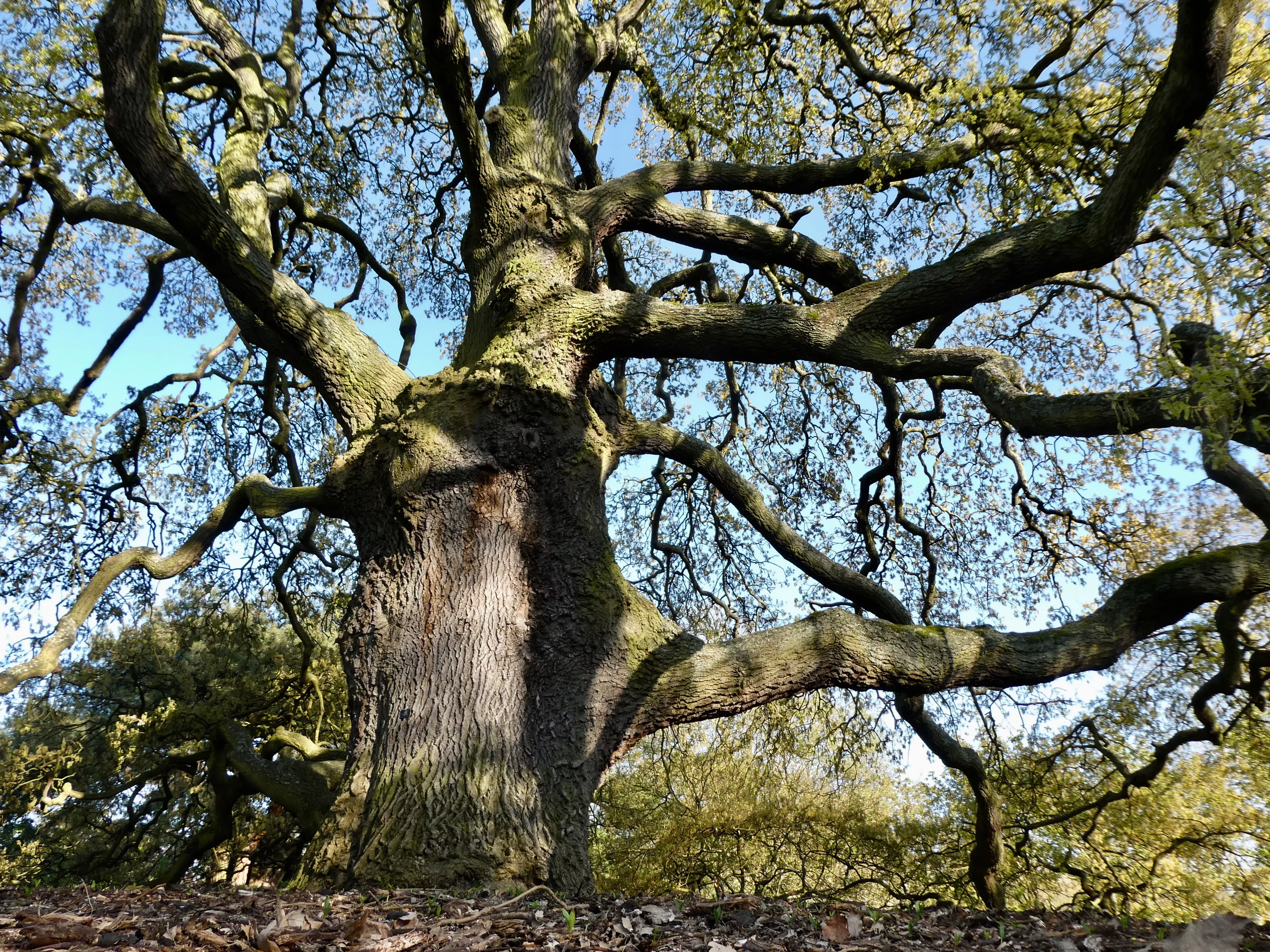
2. Cedar of Lebanon (Cedrus libani)
Whilst the Lucombe blocked Nesfield’s vista to the Thames, a large cedar of Lebanon sat obstinately in front of the Great Pagoda.
These elegant and stately trees would have first arrived in the UK in the mid 17th century and therefore, back in the 1840s this tree might still have been regarded as an exotic rarity. It probably dates from about 1760.
Perhaps for these reasons, Nesfield left it where it was and where it remains to this day.
A mature cedar of Lebanon can exceed 35m in height and has nearly horizontal branches which add greatly to its aesthetic appeal.
They are native to the Eastern Mediterranean and have always been commercially valuable due to their excellent wood, which is hard, resilient, reddish-orange and delightfully fragrant.
Cedars can withstand both hard winters and dry summers and thus may prove to be resilient to climate change.
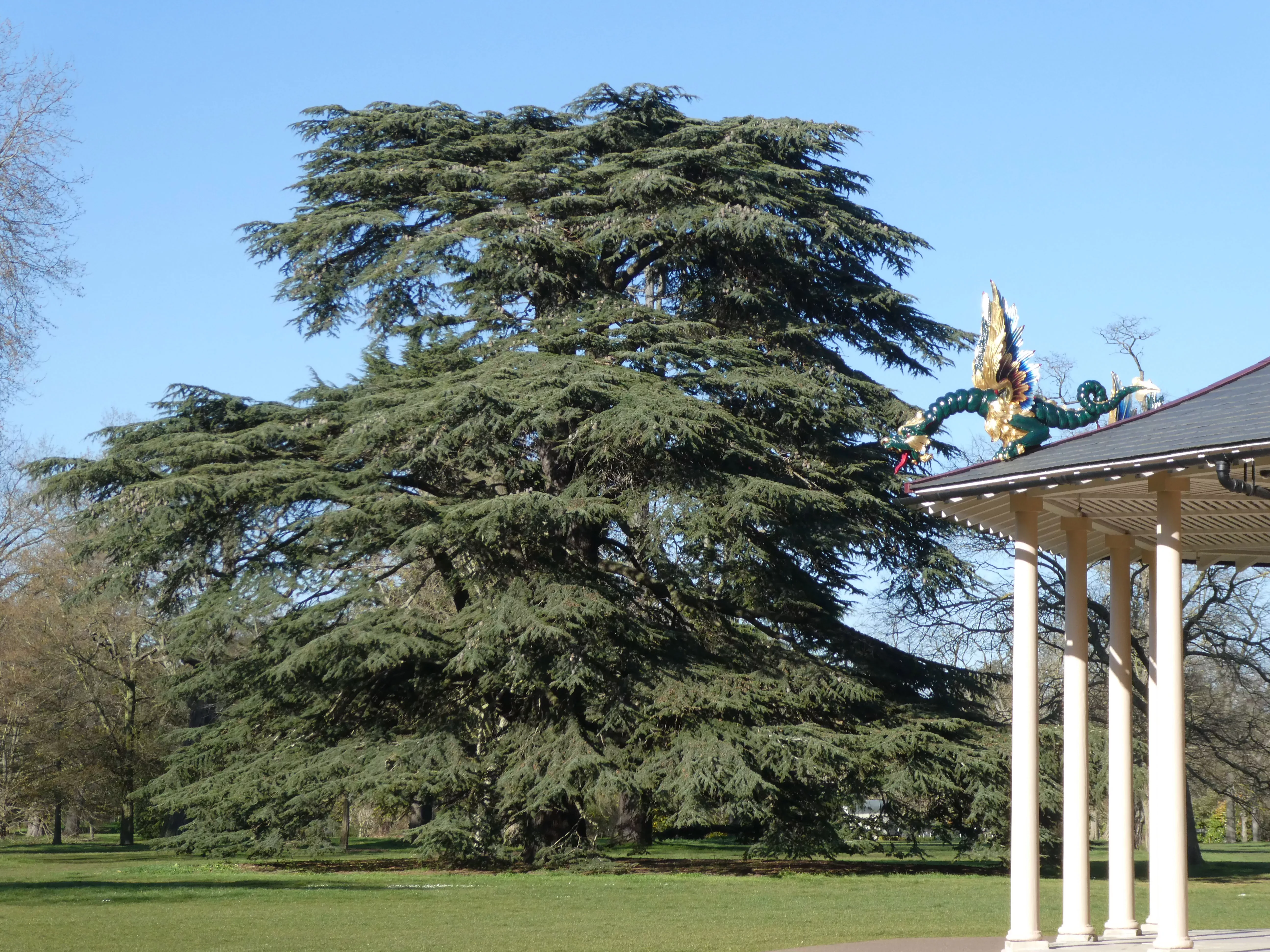
3. London plane (Platanus x hispanica)
Nesfield created the Broad Walk, running about 400m, as the central spine of his new public gardens.
Visitors would have been drawn towards the Venetian bell tower (Campanile) that so effectively anchors the view.
To me, what really catches your eye in the abundance of beauty along the Broad Walk, is the magnificent and vast London plane.
The Broad Walk is angled so that the London plane is slightly off-set to the left, complimenting the Campanile straight ahead.
The London plane is a cross between the oriental sycamore and the American sycamore. It is an impressively robust tree coping with London pollution and other stresses of urban life.
It is an instantly recognisable tree at any time of year due to its distinctive mottled bark which is adept at flaking, and thus sloughing off airborne pollutants.
I think this particular tree looks at its best in late afternoon light in the winter. The massive architecture of the trunk and branches are revealed and the bark glows like polished bronze.
It also looks rather glorious when up-lit for Christmas at Kew.
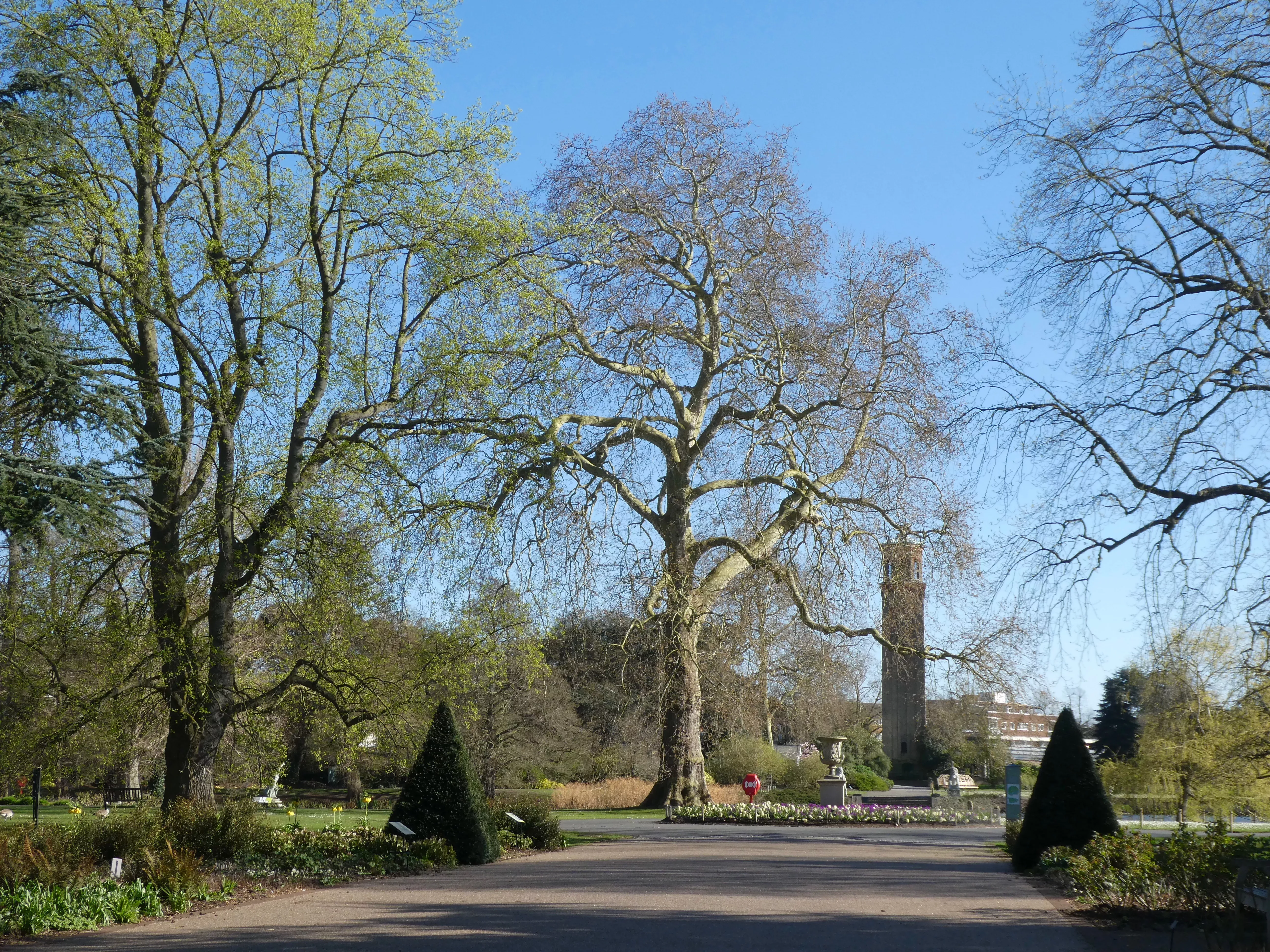
4. Weeping beech (Fagus sylvatica)
This broad and characterful tree sits between the southern end of the Princess of Wales Conservatory, and the Broad Walk. It is a weeping variety of the European or common beech.
The weeping beech is a magnificent tree that in mid-summer offers a cool and atmospheric green cave of foliage. The main trunk is sculptured, shaped by age, and strikingly coloured with algae.
I say the main trunk because the most striking features of this tree is that branches from the main trunk have set roots, thus establishing almost a circle of second-generation trunks around the original.
In one or two cases, these ‘children’ have set their own offspring – thus grandchildren of the main tree. This process is called layering.
One of the reasons I love beech trees is the vibrant, almost lime-green colour of the new leaves in spring. Nothing, to me, captures spring as well as the fresh, urgent new growth of beech leaves.
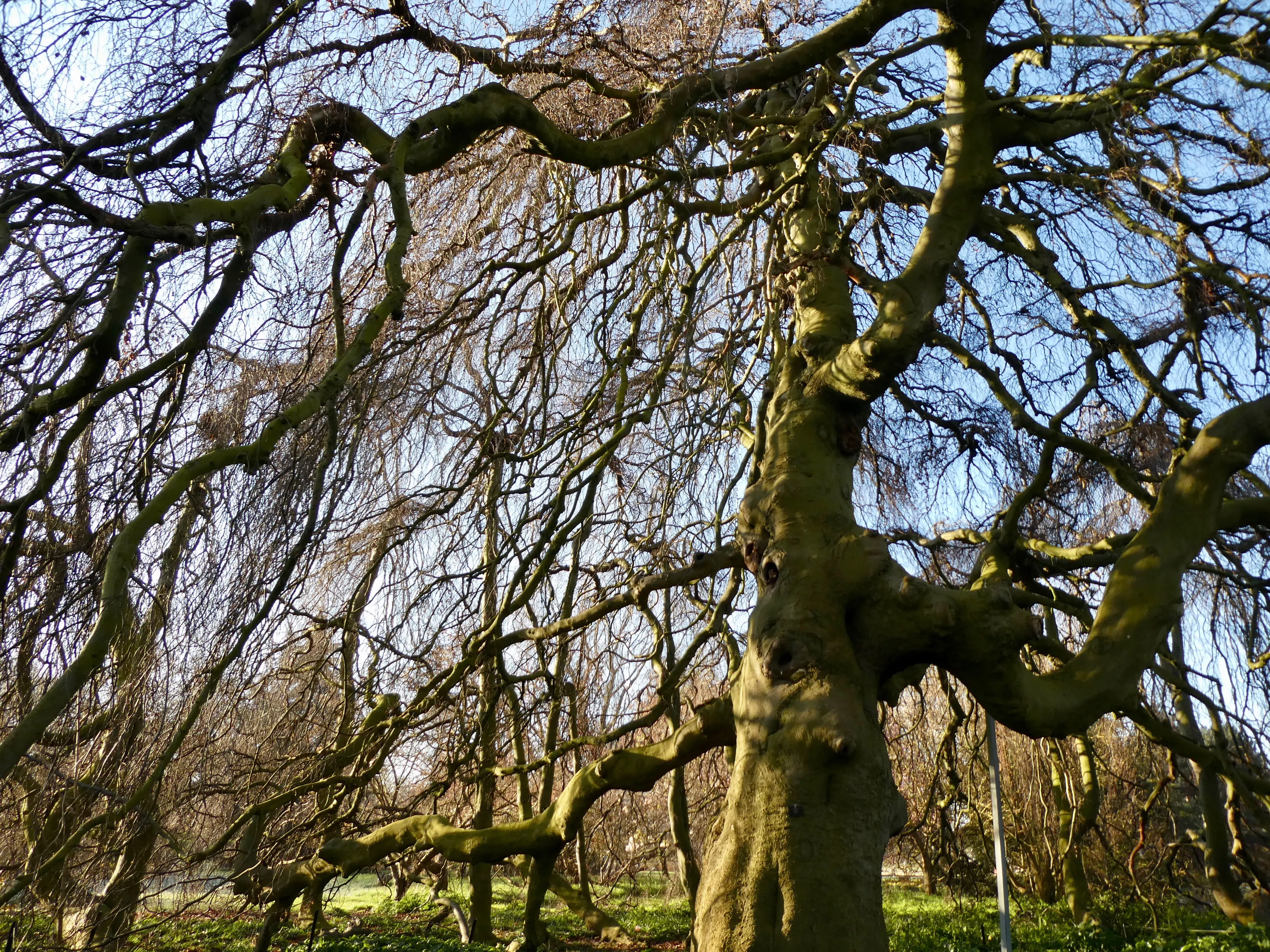
5. Black walnut (Juglans nigra)
This dark and rather austere tree is included due to its age, stature and location by the Temple of Aeolus. It is the tree that draws your eye as you walk south through the Evolution Garden.
It is marked on the map of Kew from 1740, so must have been notable at the time. It is therefore one of the oldest trees at Kew Gardens.
Originally from North America, this species is not native to the UK but thrives in our climate.
It is late to leaf in the Spring. In high summer its delicate leaves are a rich dark green expanding into a broad crown. In the winter the tree is distinguished by its dark and deeply textured bark. Autumn brings a rich crop of the famous nuts.
However, the tree’s most famous feature is not visible; the glorious richly coloured and delicately veined wood so beloved of furniture makers and gun stocks. It has also been used for aircraft propellers due to its great strength.
Food, beauty and furniture – what more could you want from a tree?
